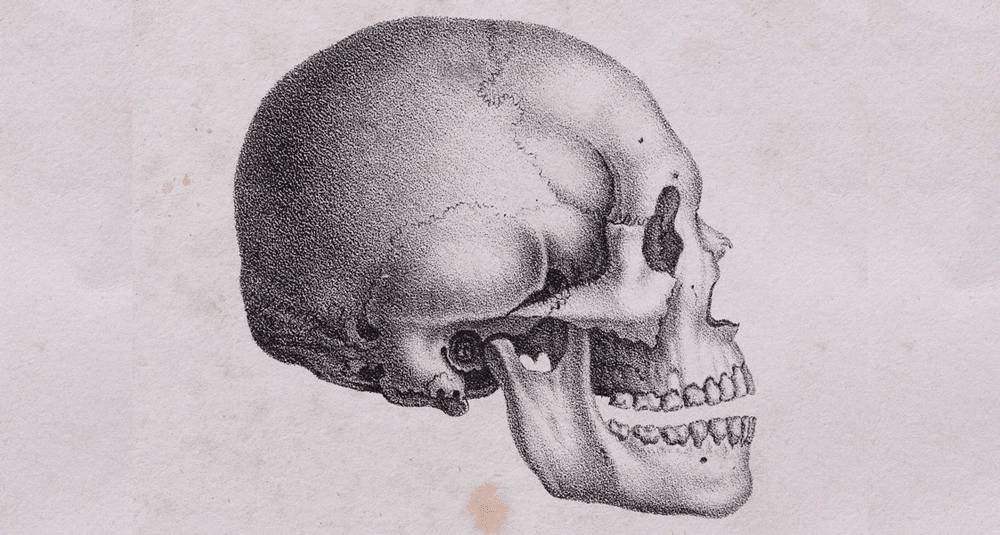How many parts does the human skull include?
Last Updated:
The human skull is an essential part of our body, playing a protective role for our brain. It consists of several bony parts that protect the brain structures and organs inside the skull. Together, these bones form what’s known as the facial mass, which also covers and protects facial structures such as the eyes, nose, mouth and ears.
The skull comprises several bones, including the frontal bone at the front, the parietal bones at the sides, the occipital bone at the back and the temporo-sphenoidal region at the back of the skull base. These bones are connected by fibrous and cartilaginous sutures. The frontal bone forms the anterior part of the skull, while the occipital bone forms its posterior limit. The skull also contains several cavities or sinusoids, which are empty spaces in the bones.
The sinuses are lined with mucous membrane and contribute to the functions of the respiratory and olfactory systems. The sinuses of the frontal bone are called frontal sinuses, while those of the sphenoidal bone are called sphenoidal sinuses.
The skull also contains pits and orifices, some dedicated to the passage of nerves and blood vessels, others serving as the base and support for other structures such as muscles. The spinal column is also an essential part of our body and is connected to the skull. It is made up of vertebrae, which are bones stacked on top of each other, stretching from the neck to the lower back. The cervical vertebrae are the seven vertebrae of the neck, the thoracic vertebrae are the twelve vertebrae of the rib cage, and the lumbar vertebrae are the five vertebrae of the lower back. The sacrum and coccyx are the fused vertebrae at the bottom of the spine.
The spinal column also contains the spinal cord, which is the part of our central nervous system that transmits signals between our brain and the rest of our body. The joints between the vertebrae are very important, as they allow flexion and mobility of the spine. Ligaments and muscles also ensure spinal mobility and protect the spinal cord. Herniated discs and compression of the spinal cord can lead to injury and nerve damage. Osteology is the branch of anatomy that studies the bones of the human body. Bones develop from ossification centers that appear during gestation and continue to form throughout life. The fusion of these centers forms the different parts of the cranial bone. MRI or Magnetic Resonance Imaging is a non-invasive medical diagnostic technique widely used to visualize structures inside the skull and spine. It can visualize tumors and lesions, as well as vascular and nerve structures.
The human skull is an essential part of our body, protecting brain structures and facial organs. It is composed of several bones that articulate with one another. The spinal column is also connected to the skull and comprises vertebrae stacked one on top of the other. The skull contains cavities, sinuses and orifices for the passage of nerves and blood vessels. Osteology is the science that studies the bones of the human body, and MRI is a non-invasive medical imaging technique that visualizes the structures inside the skull and spine.
sciences

How many parts does the human skull include?
Answer
The human skull is an essential part of our body, comprising the cranium and the facial mass, and plays a protective role for our brain.